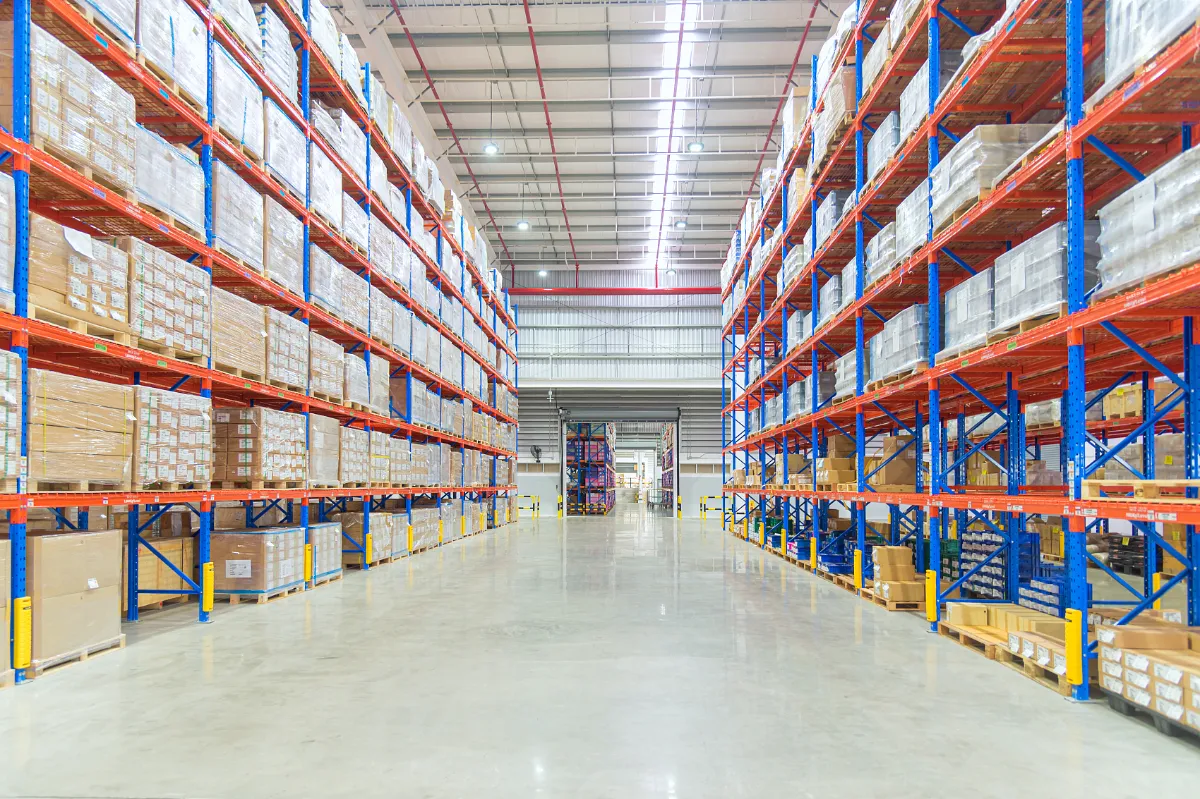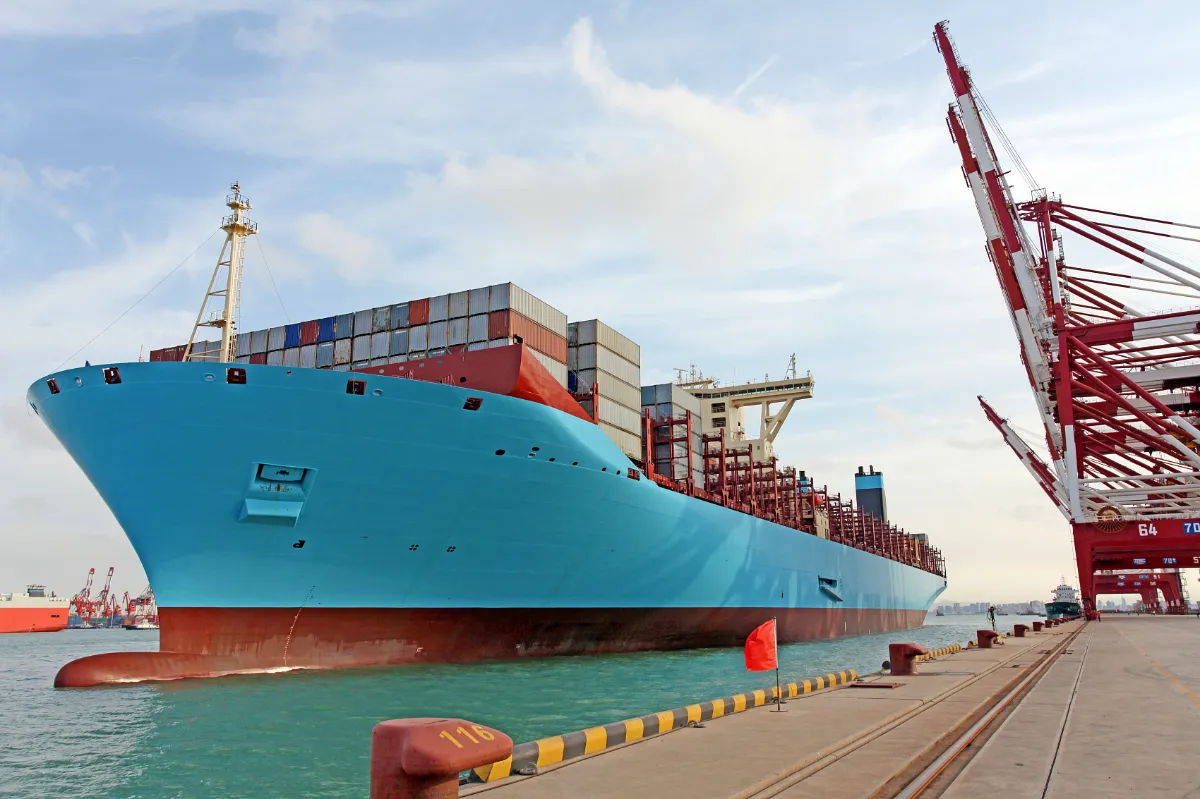The Backbone of International Logistics
Global trade has become the foundation of the modern economy, enabling businesses and consumers to access goods from every corner of the world. At the heart of this complex web of supply chains lies sea freight, a shipping method that accounts for the majority of international cargo movement. Its capacity to transport vast quantities of goods efficiently and affordably makes it indispensable for global commerce. Companies that rely on cross-border transactions find sea freight to be a reliable and scalable solution that aligns well with long-term logistics planning.
Understanding the Concept of Sea Freight
Definition and Basic Mechanism
Sea freight refers to the process of transporting goods via cargo ships across oceans and seas. It involves loading goods into containers, which are then placed on specialized vessels for transit between ports. This method is ideal for large, heavy, or non-urgent shipments due to its cost efficiency and ability to handle significant cargo volumes. Sea freight is structured around a network of ports, shipping lines, and logistics providers working in tandem to ensure smooth cargo movement.
Key Components of a Sea Freight Operation
The process involves several steps, including packaging, container booking, loading, ocean transit, customs clearance, and inland delivery. Each component contributes to the overall efficiency and cost of sea freight services. Coordination between freight forwarders, carriers, port authorities, and customs agents is crucial to maintaining timely and accurate delivery schedules. These processes are standardized globally, making sea freight a predictable and widely trusted logistics option.
Strategic Importance of Sea Freight in Global Trade
Dominance in Cargo Volume
More than 80% of global trade by volume is transported via sea freight. This overwhelming percentage highlights its critical role in sustaining supply chains worldwide. Whether it’s raw materials, electronics, apparel, or automobiles, sea freight handles a diverse range of cargo types. This dominance allows economies to function smoothly, supporting trade relationships and enabling cost-effective imports and exports.
Cost Advantage Over Other Modes
Compared to air or road transport, sea freight offers the most economical solution for long-distance shipping. The cost per unit significantly decreases as cargo volume increases, making it a preferred choice for bulk shipments. Businesses can optimize their shipping expenses and allocate more resources to other areas of operation. This financial efficiency is one reason sea freight continues to thrive in global logistics.
Versatility and Cargo Flexibility
Adaptability to Cargo Types
Sea freight is equipped to handle virtually every type of cargo. From dry goods and perishables to hazardous materials and oversized equipment, there are specialized containers and ships to meet diverse requirements. This flexibility reduces the need for multiple shipping arrangements and makes sea freight a comprehensive solution for global traders.
Containerization and Load Management
The advent of standardized containers revolutionized sea freight. Containers offer protection, security, and ease of handling. Shippers can choose from Full Container Load (FCL) or Less than Container Load (LCL) options based on their cargo volume. This modularity helps businesses efficiently manage space and costs, ensuring that sea freight remains a practical logistics method.
Environmental and Sustainability Benefits
Lower Carbon Footprint
Sea freight generally produces fewer greenhouse gas emissions per ton of cargo compared to air freight or trucking. This makes it an attractive option for businesses focused on sustainability. With growing global awareness of climate change, companies are increasingly choosing sea freight to reduce their environmental impact while maintaining operational efficiency.
Ongoing Innovations in Green Shipping
The shipping industry is investing in cleaner fuels, energy-efficient vessels, and carbon offset initiatives. Many carriers now offer green logistics solutions as part of their sea freight services. These efforts not only support environmental goals but also future-proof supply chains against tightening emission regulations and sustainability demands.
Infrastructure and Technological Integration
Global Port Connectivity
Sea freight operates through a network of thousands of commercial ports worldwide. These ports serve as vital nodes in international logistics, offering infrastructure for container handling, storage, and customs procedures. Their global connectivity ensures that businesses can access markets across continents with relative ease.
Advancements in Digital Shipping Tools
Technological tools have transformed the way sea freight is managed. Real-time tracking, electronic documentation, and automated scheduling enhance transparency and reduce errors. Digital platforms allow companies to monitor shipments from origin to destination, empowering them to make informed logistics decisions and streamline operations.

Risk Management and Security Measures
Secure Shipping Practices
Sea freight services implement rigorous security protocols to protect cargo during transit. Containers are sealed and often tracked throughout the journey. Surveillance and inspection at major ports further enhance safety, minimizing the risks of theft, damage, or loss. These measures reinforce sea freight’s reputation as a secure shipping method.
Insurance and Liability Coverage
Cargo insurance is a common practice in sea freight, offering protection against unforeseen events such as storms, piracy, or accidents. While such risks are relatively rare, having coverage provides peace of mind and financial protection. Understanding liability terms is important for shippers to ensure adequate protection during international transit.
Economic and Geopolitical Impact
Supporting Global Supply Chains
Sea freight is essential for maintaining the flow of goods that modern economies depend on. It enables countries to specialize in production and trade efficiently, fostering global interdependence. A disruption in sea freight operations can have ripple effects across industries, highlighting its importance in economic stability.
Strategic Control and Trade Policies
Control over maritime routes and port access can influence geopolitical power. Sea freight lanes such as the Suez Canal, Panama Canal, and Strait of Malacca are critical for global commerce. Countries that invest in port infrastructure and shipping capacity gain a competitive advantage in international trade. This makes sea freight not just a business concern, but a national strategic asset.
Scalability and Business Growth Potential
Support for Business Expansion
Sea freight offers the scalability needed for businesses looking to expand internationally. As order volumes grow, companies can transition from LCL to FCL shipments, optimizing cost per unit. This scalability supports growth without the need for frequent adjustments to logistics models.
Alignment with Long-Term Strategies
The stability and predictability of sea freight align well with long-term business planning. Contracts, schedules, and partnerships can be established to ensure consistent service. This helps businesses build reliable supply chains and develop strategies that align with future market demands.
Challenges and Solutions in Sea Freight
Common Operational Challenges
Despite its advantages, sea freight is not without challenges. Port congestion, customs delays, and weather disruptions can affect delivery schedules. However, these issues are often mitigated through careful planning, flexible routing, and partnerships with experienced logistics providers.
Innovations Addressing Industry Pain Points
New technologies such as predictive analytics, IoT sensors, and AI-based scheduling are addressing long-standing industry challenges. These innovations enhance visibility, reduce delays, and improve cargo handling efficiency. As these tools become more accessible, they further solidify sea freight's role in modern trade.
Frequently Asked Questions
What types of cargo are best suited for sea freight?
Sea freight is ideal for heavy, bulky, or non-urgent cargo, including raw materials, industrial equipment, and large retail shipments.
How long does sea freight take compared to other shipping methods?
Sea freight generally takes longer than air freight but offers more cost-effective solutions for non-time-sensitive goods.
Is sea freight environmentally friendly?
Yes, sea freight has a lower carbon footprint compared to other transport modes, making it a sustainable option for global trade.
How can I track my sea freight shipment?
Most sea freight services offer real-time tracking through digital platforms, allowing shippers to monitor cargo status and location throughout the journey.
Table of Contents
- The Backbone of International Logistics
- Understanding the Concept of Sea Freight
- Strategic Importance of Sea Freight in Global Trade
- Versatility and Cargo Flexibility
- Environmental and Sustainability Benefits
- Infrastructure and Technological Integration
- Risk Management and Security Measures
- Economic and Geopolitical Impact
- Scalability and Business Growth Potential
- Challenges and Solutions in Sea Freight
- Frequently Asked Questions

 EN
EN







